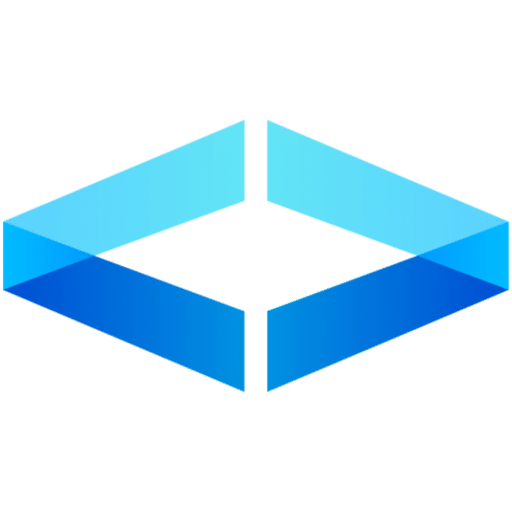How We Select Qualified Nearshore Software Developers: Nearshoring is an effective way of expanding your company’s talent pool and accessing the DevOps skillsets you need to thrive in a challenging tech world. The benefits of nearshoring are clear. Nearshoring partners offer affordable services while delivering high-quality, reliable work.
If you’re considering using a nearshore developer, you’ll need to make sure they’re a good fit for your company. Here, we discuss some of the key things to look at when selecting nearshore software developers.
Software development is a complex field, and a good developer has rounded skills. However, there’s more to development than simply understanding a programming language or framework and the tools that support it.
Our selection process includes the following steps.
1) Looking for developers with extensive industry experience
It’s easy to find developers with paper certifications or who have completed a boot camp. This theoretical experience is a useful starting point for a junior developer. DevOps employees and lead developers, however, need real-world experience. At Sonatafy, we look for software development experts who have proven experience on real-world projects.
2) Speaking to prospective developers via phone or video call
The language barrier is a significant issue for some nearshore software development teams. English proficiency tests such as the IELTS and CEFR give some idea of how proficient a person is in day-to-day English. However, these tests are skewed toward written English and general business vocabulary.
Many remote workers can write adequately but struggle with spoken communication or vocabulary outside of their field’s narrow area. By having extensive real-time conversations with developers, we can spot potential communication difficulties.
3) Finding developers that match the company culture
Cultural differences can cause significant issues for diverse teams. In addition, some remote workers might struggle with following the procedures used by an established in-house development team.
If you’re hiring someone to upgrade your UX, but your back-end team is in-house, you need to find a developer who can integrate well with the current team. We interview our developers to make sure they’re comfortable with things like the Agile software development workflow.
4) Reviewing code deployments, not just finished products
Looking at polished, finished code might give some idea of a developer’s skill set, but you’ll learn more by looking at step-by-step code deployments on GitHub to see how they think and how they take a project from idea to finished product.
Even a DevOps specialist should have a few scripts or small projects they’ve completed themselves. If a developer doesn’t have a GitHub portfolio, it’s not necessarily a red flag, but it does mean their skills will need to be reviewed more carefully.
5) Looking for experience with similar projects
We try to choose nearshore developers and DevOps specialists who have experience with the kind of project they’ll be assigned to. This experience is particularly important for complex projects or for lead developers responsible for project management, milestones, and overseeing testing.
At Sonatafy, we offer numerous nearshoring services, covering the full spectrum of the software development lifecycle. If you’d like to know more about the services we offer, contact us today to arrange a meeting and discuss your requirements.




